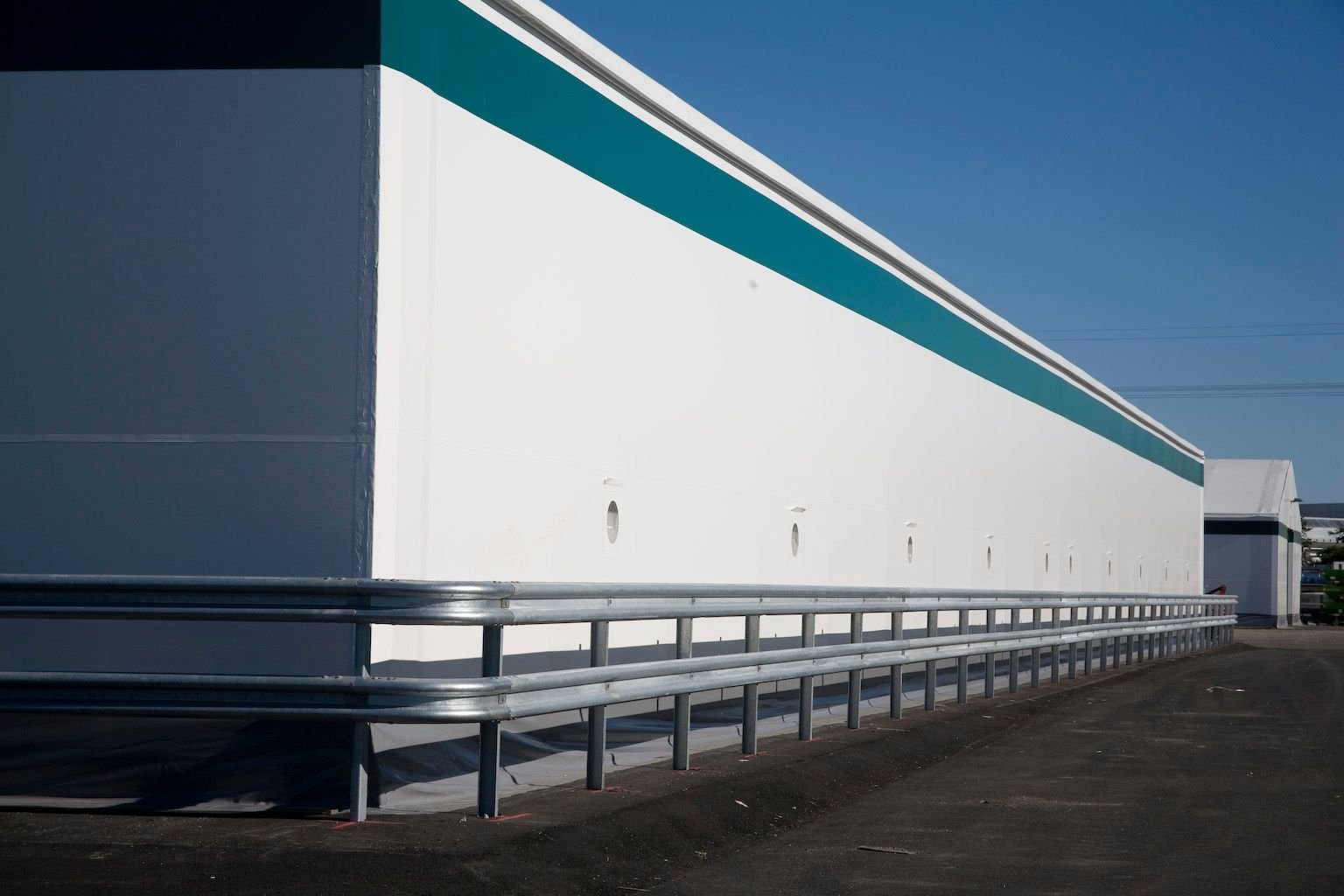29.04.2020
Listen to the blog
The light of spring has finally brought the 120-day November to an end, despite the extraordinary circumstances gripping our world. The arrival of spring is always a good time to get an update on the situation of all kinds of properties from detached houses to large halls after winter and find out how they have fared through the ordeal.
This blog post is intended to give you tips for charting the springtime maintenance needs of Best-Hall fabric buildings.
Charting the maintenance needs of a fabric building
Go through the entire structure from the foundation to the fabric cover based on the following checklist:
Foundation
• Check the exterior to ensure that the bottom of the fabric remains firmly in contact with the asphalt and that it has not been torn by a snowplough, for example.
• Also check for settling and other possible damage caused by frost heave. For example, wheel tracks may form in front of doorways, resulting in water later running inside the building.
.jpg?width=1536&name=Best-Hall_Pikeys%20(9).jpg)
Doors
• Make sure that the manual sliding doors move lightly and the guide bearings of the bottom rail are in place.
• Check the locking latch at the bottom of the sliding door that the rod hole in the asphalt is unobstructed and the door can be secured in place.
• It is also important to check the functionality of doors intended for people.
.jpg?width=1280&name=Best-hall_Ovet%20(12).jpg)
Ventilation
• Ensure the functionality of roof exhaust fans. For example, you can place an A4 sheet of paper in front of the make-up air inlet: if the fan is running, the airflow should suck the sheet against the edge of the inlet.
• Make sure that the make-up air inlets are clean and have not accumulated impurities or obstructions, such as moss, since any blockages will interfere with the ventilation.

Cover fabric
• Check the walls and roof for perceptible holes. A puddle of water on the floor may be an indication of a hole in the roof. If the building has an inner fabric cover, any holes in the roof may not be directly visible, but the water tends to stream down onto the floor along the lighting rail fastening, for example. If the leak is substantial, a bag filled with water will usually form in the fabric cover.
• Make sure that the tightening pockets are undamaged and the pipes have remained in place.
Steel frame
• Check the condition of the steel structure’s surface treatment.
• You should also go through the buckling crossarms and check them for damage from fork lift collisions, for example.
• If there has been especially heavy snowfall in the region during the winter, it is a good idea to ask an expert in steel construction to ensure the condition of the frame.
Repairing and maintaining a fabric building
The condition of the structure and fabric building have a significant impact on the safety of the building and snow safety during the coming winters. Especially with buildings dating back more than two decades, the fabric may become brittle due to weather conditions, in which case it may require replacement to ensure safety and extend the building’s service life.
If you observe maintenance or repair needs, we are always happy to help you solve them. Alternatively, if you find that your building is in need of a more detailed technical check-up, you can invite one of our experts to assist you. Especially tasks relating to locating and repairing major leaks in buildings with an inner cover should be left to a professional.
Do you need advice, spare parts or repair prices? Contact me.
Maintenance Manager | +358 44 332 3089
Yhdystie 3-7,
68300 Kälviä, Finland
Tel: +358 6 832 5000
info@besthall.com
Business ID FI01070190